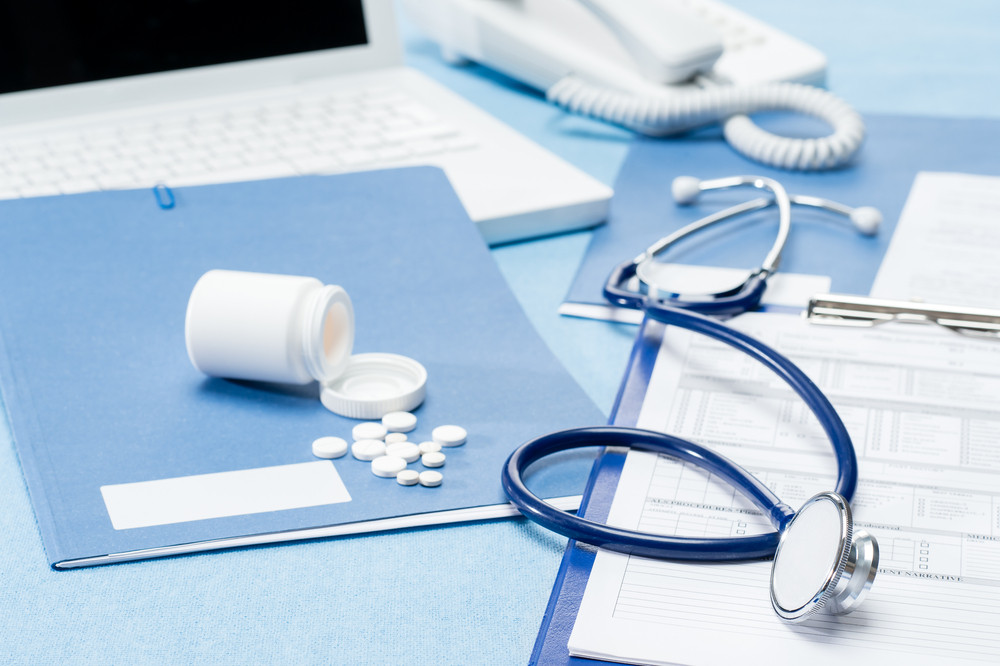Healthcare providers wash their hands about 100 times in a 12-hour shift. While that may sound like a lot of handwashing, many healthcare providers still wash their hands less than half of the time they should. Besides frequent handwashing, safe biohazard waste disposal is also another factor that’s critical to promoting patient and staff safety that’s often overlooked.
But what’s considered biohazard waste? This post explores what it is, the various types, and how EVS cleaning companies can help you appropriately dispose of biohazard waste and keep your patients and staff safe.
Biohazard Waste: What is it?
Biohazard waste, also known as biohazardous or infectious waste, is any waste that could be contaminated with infectious materials.
There are various types of biohazardous waste, and each is supposed to be handled uniquely. Understanding how to appropriately handle the different types of biohazard waste is crucial to safeguarding the health of staff and patients.
That said, read on to learn more about the most common biohazardous material and how an EVS cleaning company can help you dispose of them safely.
Sharp Biohazardous Waste
Sharp biohazardous waste, commonly known as sharps, are infectious materials that can puncture skin if they come into contact with it. Sharps are comprised of syringes, needles, scalpels, broken glass vials, razor blades, and other sharp instruments.
After use, sharps must be disposed of in a sharps container. Sharps containers should be closable, puncture-resistant, and leak-proof. They should also be labeled and color-coded for easy identification.
A healthcare cleaning service can facilitate the disposal of sharp biohazardous waste by ensuring sharps containers are collected frequently and disposed of safely.
Pathological Biohazardous Waste
Pathological waste consists of body parts, human tissues, and organs. Waste materials from surgical procedures and autopsies are classified under this category.
Pathological waste should be disposed of in red plastic bags for easy identification. The bags should be double-layered to prevent leaks. After disposing of pathological waste, healthcare providers should tightly seal the bag and store it in a medical fridge.
Afterward, the pathological waste should be collected and medically incinerated. Typically, pathological waste is collected within a week. Consult an EVS cleaning company to learn more about how to dispose of it appropriately.
Liquid Biohazardous Waste
Liquid biohazard waste comprises body fluids, blood, and laboratory cultures that may be infectious. Like pathological waste, liquid waste should be collected in a leak-proof bag.
Liquid medical waste can then be transferred to a lidded vacuum flask and treated with bleach or heated in an autoclave. Afterward, the waste can then be discarded.
However, consult an EVS cleaning company for the best practices on disposing of liquid medical waste.
Solid Biohazardous Waste
Solid biohazard waste comprises any non-sharp materials that could potentially be infectious. It consists of materials such as personal protective equipment (PPE), towels, and beddings.
Solid biohazardous waste should be collected in a leak-proof container lined with a biohazard bag that’s appropriately labeled. Healthcare providers can then disinfect the waste on-site by autoclaving and dispose of it. If decontaminating on site is not possible, the waste can be collected by a professional waste company. An EVS cleaning company can advise you on the best way to dispose of solid medical waste.
Overall, appropriate biohazard waste management is essential to safeguarding the health of your facility’s patients and staff. Partnering with an EVS cleaning company can help you appropriately dispose of biohazard waste.
If you need help with medical cleaning, get in touch with the experts at CareServe. We offer professional medical cleaning services to safeguard the health of patients and staff.


Recent Comments